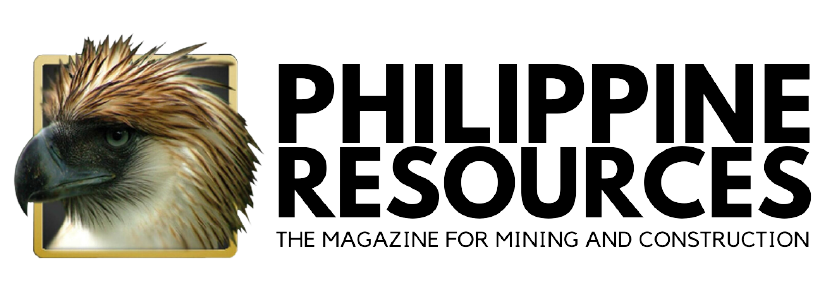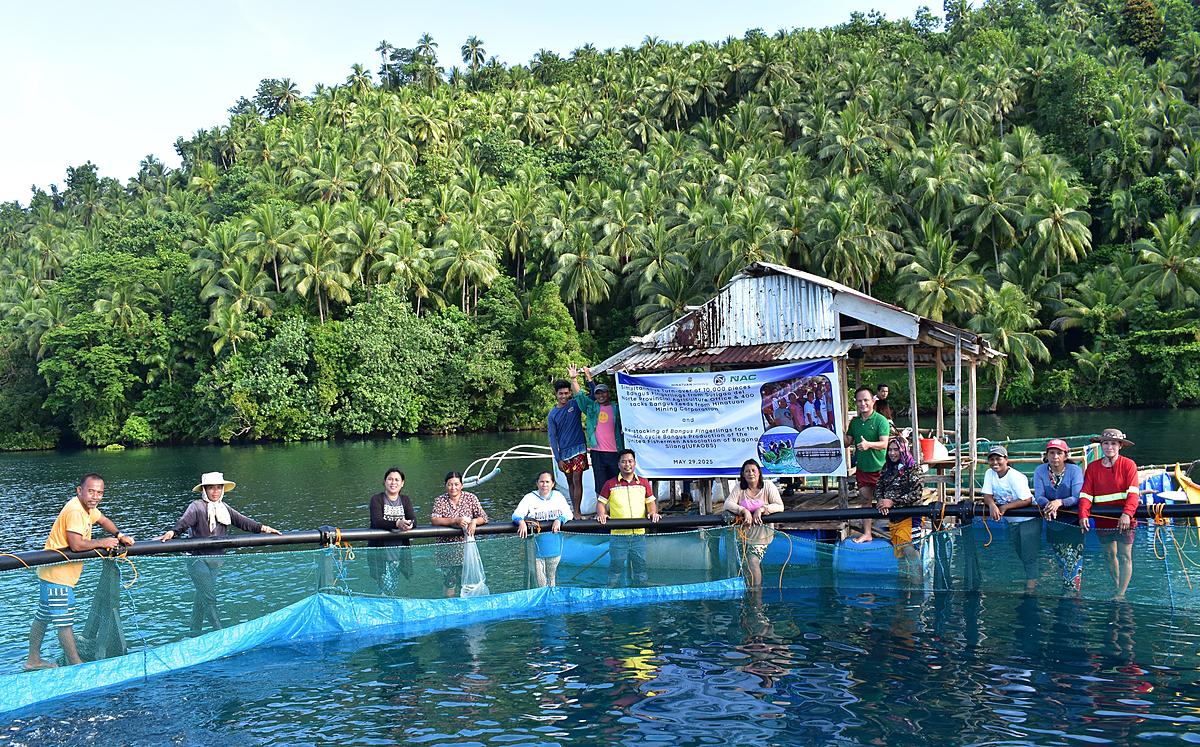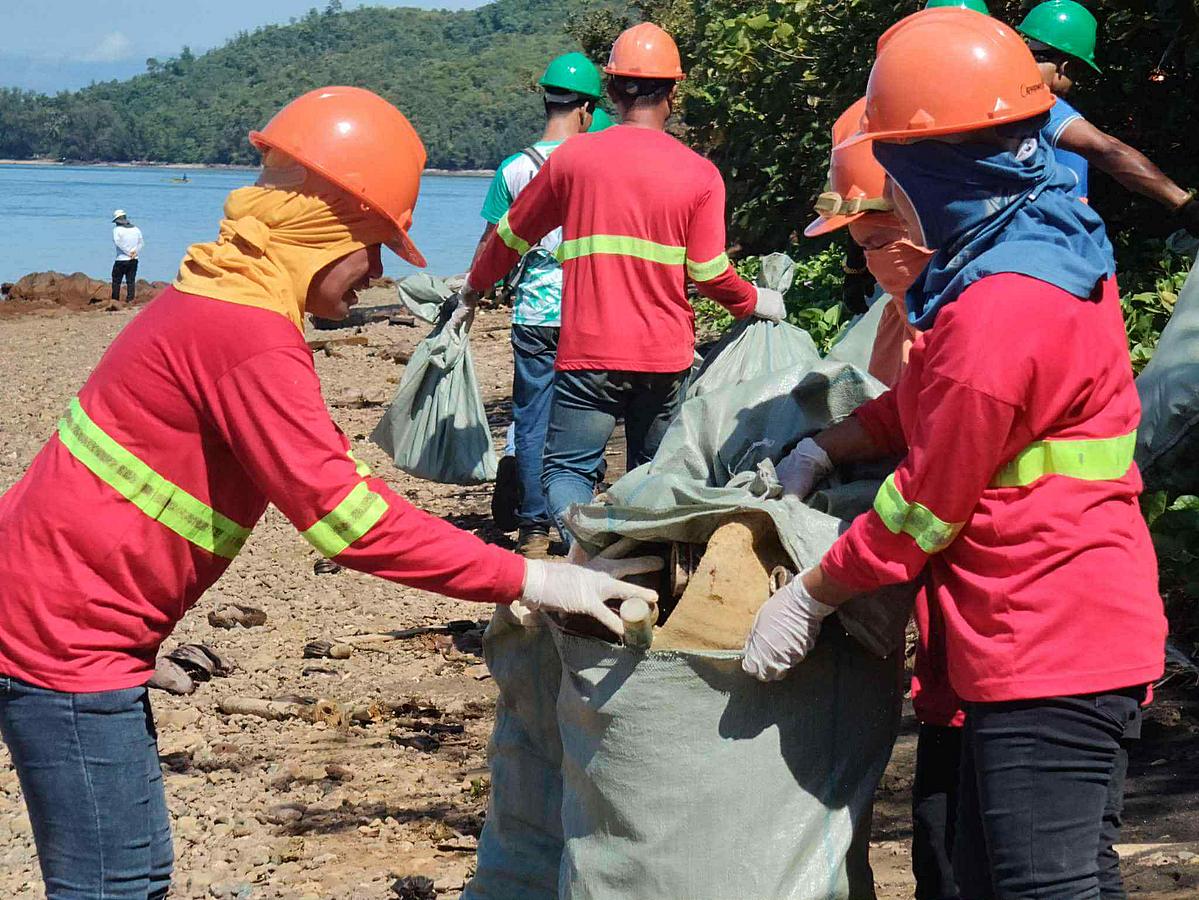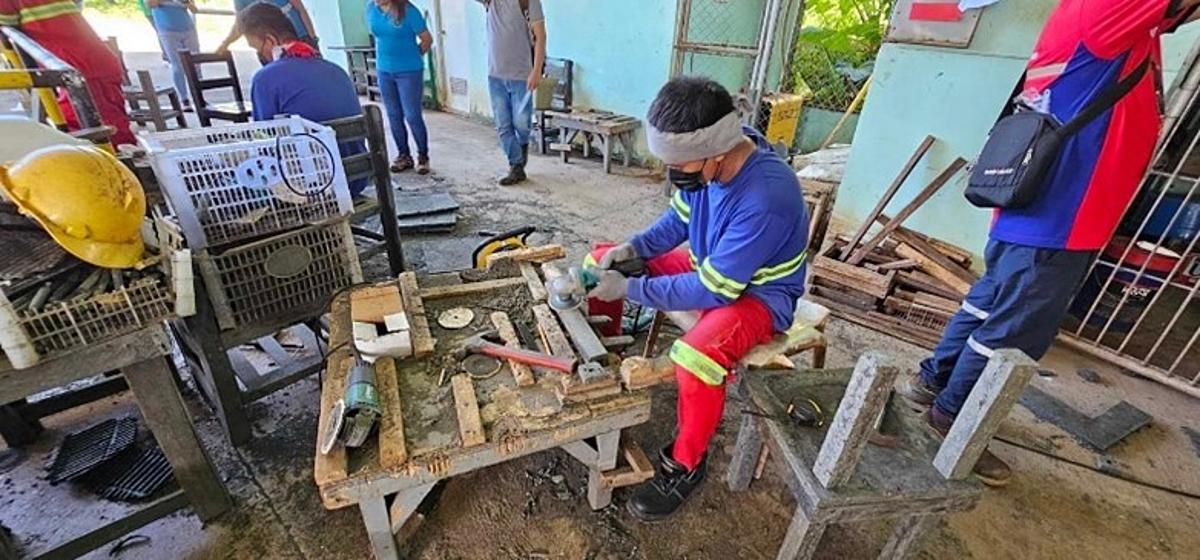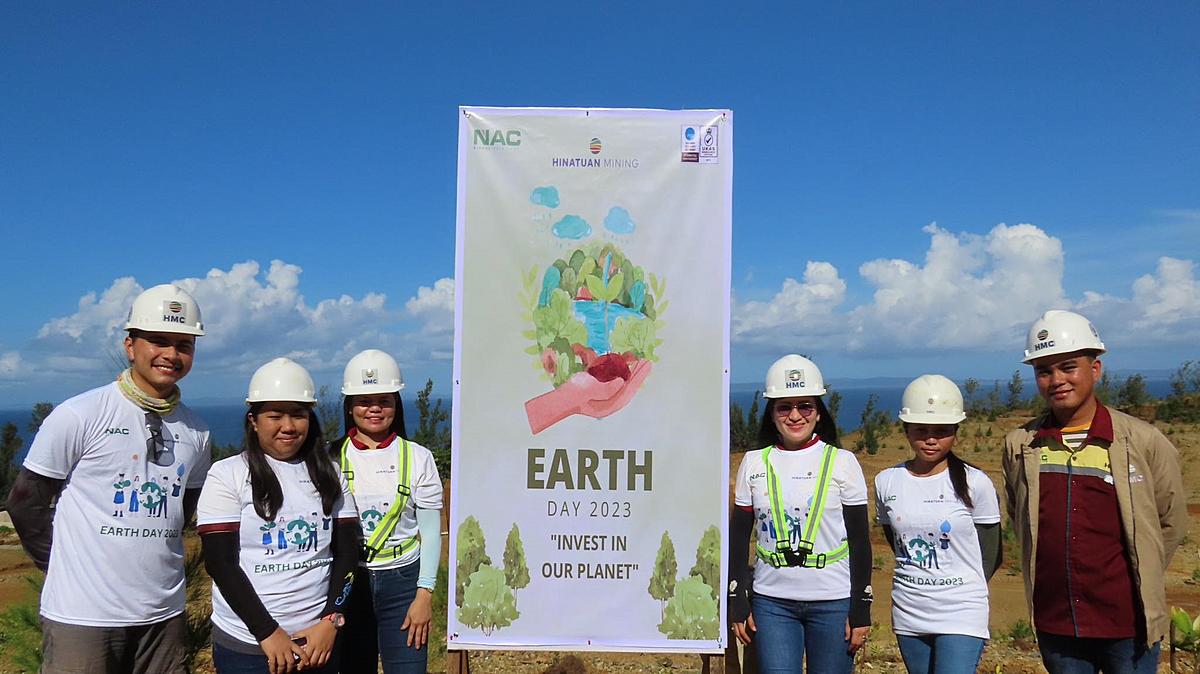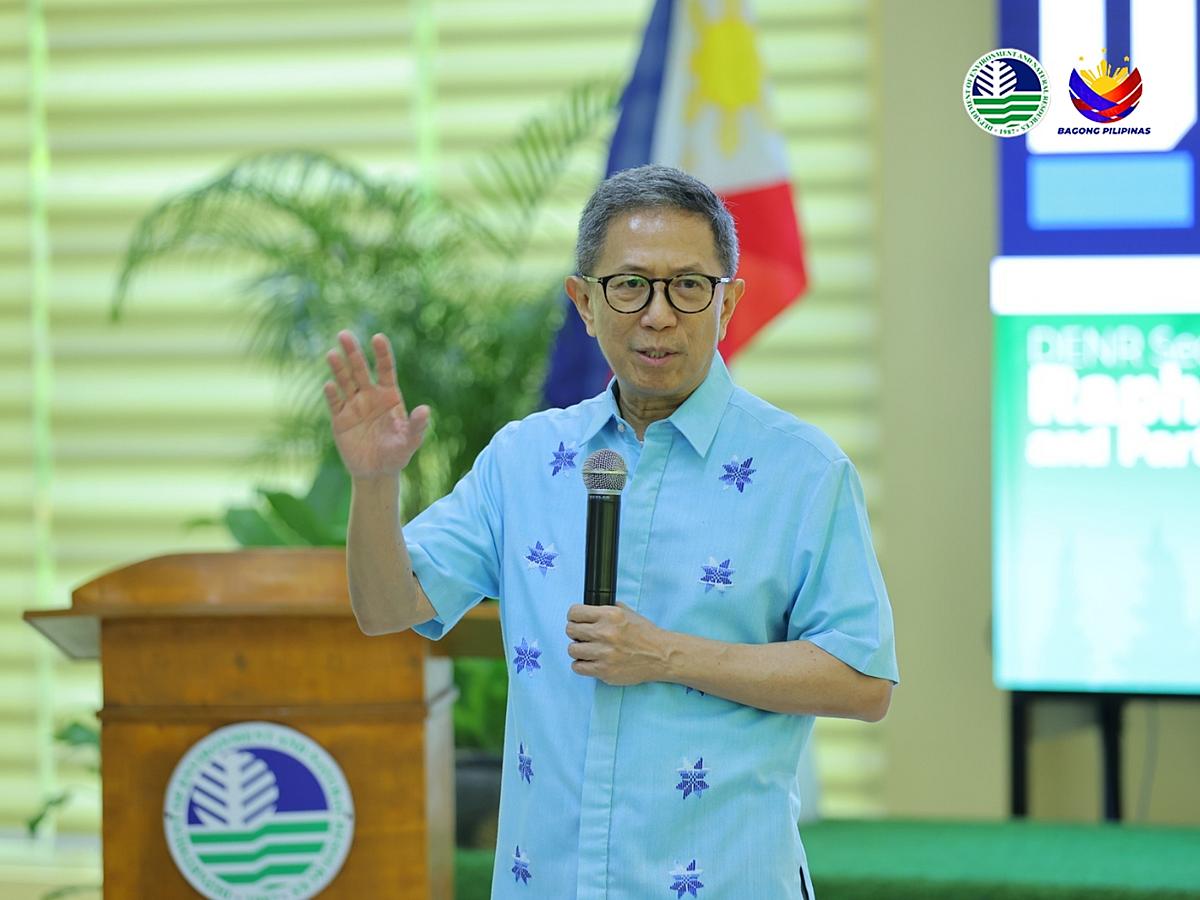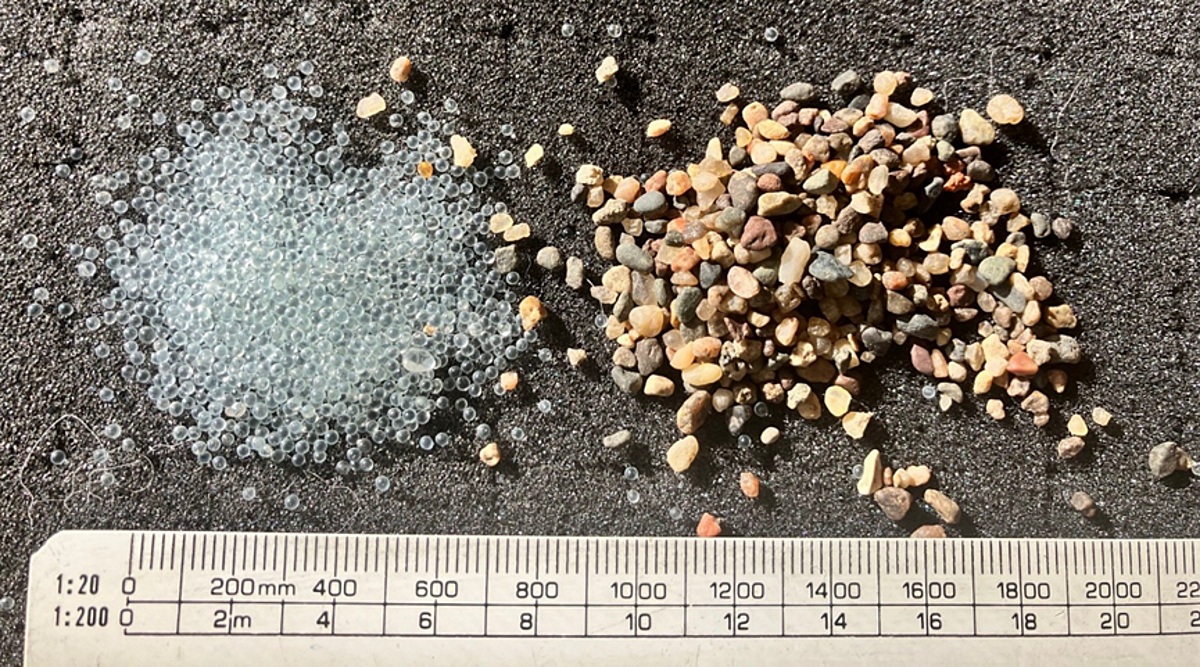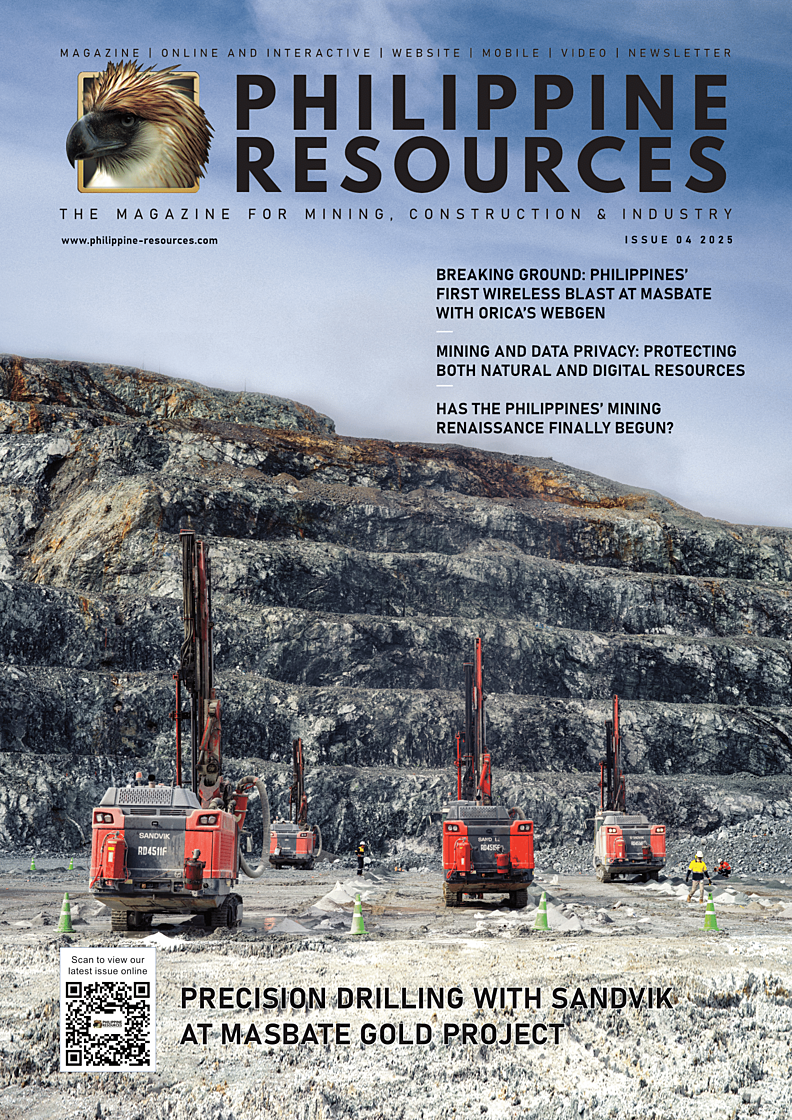The United Fisherfolks Association of Bagong Silang (UFAOBS) reached a new milestone in sustainable aquaculture as it officially launched its 5th cycle of Bangus (milkfish) production.
This initiative is powered by a collaborative effort among Hinatuan Mining Corporation – Tagana-an Nickel Project (HMC-TNP), the Provincial Agriculture Office of Surigao del Norte (PAO-SDN), and the Bureau of Fisheries and Aquatic Resources (BFAR) – Region XIII.
In a ceremonial turnover, UFAOBS received 10,000 Bangus fingerlings from PAO-SDN and 400 sacks of Bangus feeds from HMC-TNP—essential resources that lay a solid foundation for the continued success of the association’s aquaculture venture.
A Collective Push Toward Sustainable Livelihood
Lilibeth G. Becera, President of UFAOBS, expressed deep gratitude for the continued support from HMC.
“We are very thankful to HMC. Without them, it would be very hard to continue. Their help gives us hope,” said Becera.
The importance of this support was echoed by Lindon O. Garay, Aquaculturist II at PAO-SDN, who highlighted the significant role feed subsidies play in the success of Bangus farming.
“Feeds account for 60% to 70% of the total production cost,” Garay noted. “Without HMC’s assistance, sustaining this livelihood would be a major challenge.”
Garay emphasized the value of collaboration between the government and the private sector. He commended HMC’s Community Relations team—led by ComRel Manager Antonio B. Resuera, Jr. and Supervisor Romen John G. Libaste—for proactively seeking technical assistance to support the fisherfolk.
“Our office may have limited funds, but we contribute technical expertise and provide fingerlings. While we can’t guarantee a 100% survival rate due to uncontrollable factors, we work closely with the association to increase the chances of project success to about 90%,” he added.
Garay also encouraged UFAOBS to evolve from a People’s Organization (PO) into a registered cooperative to unlock broader access to government support.
“As a cooperative, they can tap into more programs and funding from agencies like DA, DOLE, and DTI. But it all depends on their drive and commitment.”
Empowerment Through Education and Training
BFAR Region XIII has also played a key role in the program’s sustainability. Ian D. Batitang, Technical Staff from BFAR, shared how the agency responded to challenges during UFAOBS’s earlier harvests by conducting targeted training sessions in partnership with the provincial government.
“We addressed incorrect practices during the first cycle by providing technical training before restocking fingerlings. We’re optimistic the improved practices will lead to better outcomes,” Batitang said.
He affirmed BFAR’s commitment to ongoing support, even in the face of limited local resources.
“We are happy to help in any way we can. If LGU assistance falls short, BFAR is ready to step in. With the community’s dedication and cooperation, we believe this project can uplift their socio-economic conditions.”
Building a Model for Community Empowerment
With aligned efforts from both the public and private sectors, UFAOBS’s 5th cycle Bangus production is more than just a livelihood—it is a testament to community empowerment, resilience, and the promise of sustainable development.
This initiative stands as a model for effective collaboration, where productive aquaculture is matched by a commitment to long-term self-reliance for fisherfolk in Surigao del Norte.
